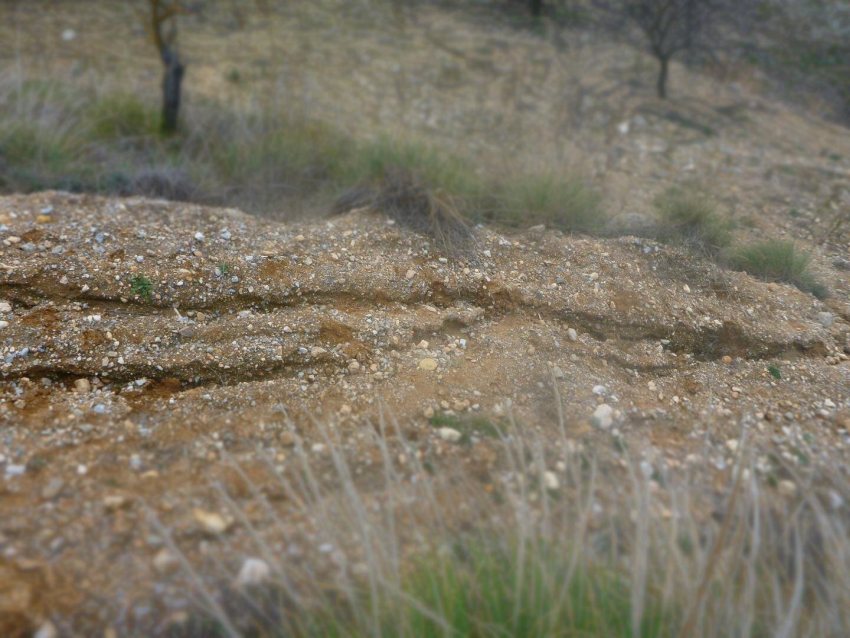
A study spanning 38 countries has concluded that soil erosion is a critical threat to the future of food production and urgent action is needed to prevent further loss.
New international research has provided a first insight into how soil erosion may be affecting the longevity of soils across the world.
The study, led by Lancaster University, Chang’an University in China, and KU Leuven in Belgium, brought together soil erosion data from 255 locations.
This data was used to calculate how long it would take for the top 30 cm of soil to erode at each location - the soil lifespan.
The top layer of soil is often rich in nutrients and organic matter, making it important for growing food, fibres, feed and fuel.
Researchers say soil erosion is a serious threat to global sustainability, endangering food security, driving biodiversity loss and degrading ecosystems.
The study included soils that are conventionally farmed, as well as those managed using soil conservation techniques, to find out how changes to land use and management practices can extend the lifespans of soils.
Researchers found more than 90 percent of the conventionally farmed soils in the study were thinning, and 16 percent had lifespans of less than a century.
These thinning soils were found all over the world, including countries such as Australia, China, the UK, and the USA.
“Our soils are critically important and we rely on them in many ways, not least to grow our food”, said lead author Dr Dan Evans, of Lancaster University.
“There have been many headlines in recent years suggesting that the world’s topsoil could be gone in 60 years, but these claims have not been supported with evidence.
"This study provides the first evidence-backed, globally relevant estimates of soil lifespans."
However, in the data, soils managed with conservation strategies tended to have longer lifespans, and in some cases these practices promoted soil thickening.
Only 7 percent of soil under conservation management had lifespans shorter than a century, and nearly half exceeded 5,000 years.
Co-author Professor Jess Davies, of Lancaster University, said: “Whilst 16% of soils with lifespans shorter than 100 years is a more optimistic estimate than ‘60 harvests left’, soil is a precious resource and we can’t afford to lose that much over a human lifetime.
“But importantly what our study also shows is that we have the tools and practices to make a difference – employing the appropriate conservation methods in the right place can help protect and enhance our soil resource.”
The researchers noted that converting arable land to forest was found to be the best way to lengthen soil lifespans.
However, other approaches that allow farming to continue, such as cover cropping, were also shown to be highly effective.
The ploughing of land along contours rather than down slope, and hillslope terracing were similarly suggested as beneficial for lengthening soil lifespans.
Professor John Quinton, of Lancaster University and co-author of the study, said: “It is clear that we have a conservation toolbox that can slow erosion and even grow soil.
"Action is needed to promote the adoption of these measures so that we can protect and enhance our soil resource for future generations.”
